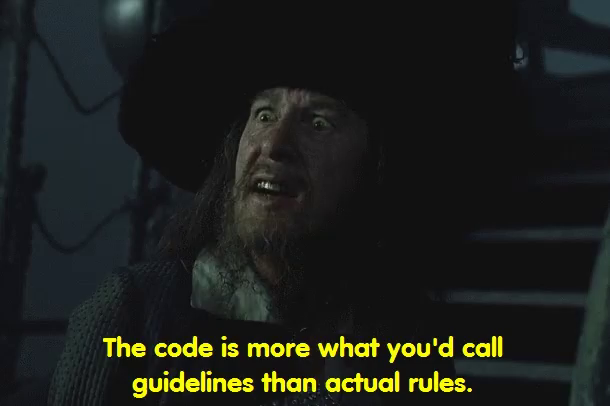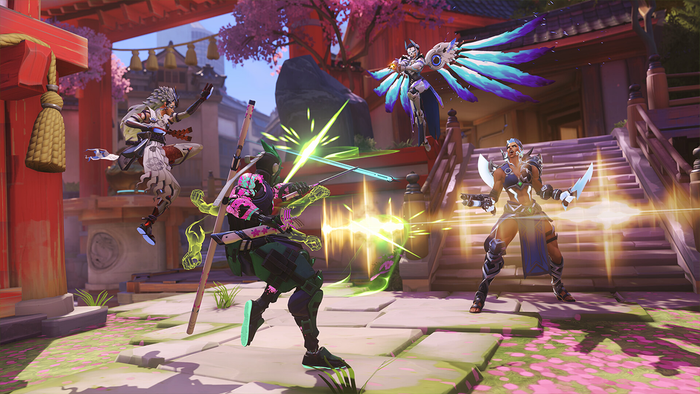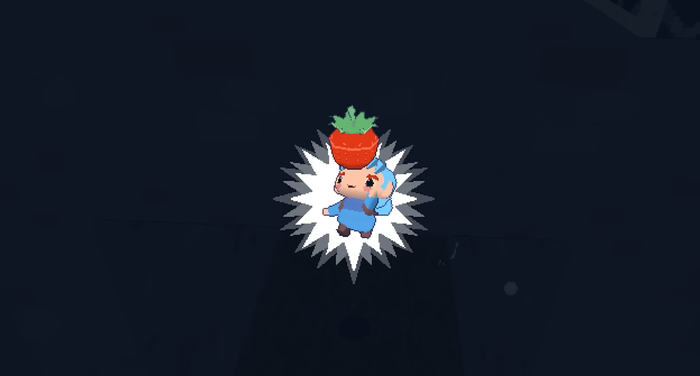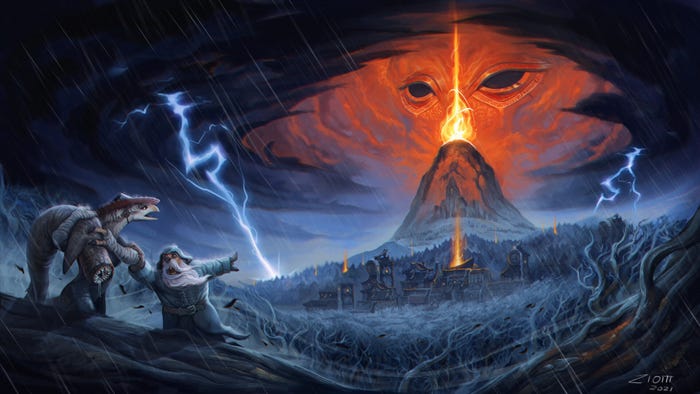The first entry of the Devlog of Depths of Ascension, a traditional roguelike that tries to attract an audience that normally isn't into traditional roguelikes, through a modern take on UI and UX.

Here we are, creating our first devlog post for our brand new game. There is so much I want to discuss, so much to talk about.
Depths of Ascension is a Traditional Roguelike. It fully embraces the legacy of the roguelike canon games: ADOM, Angband, Crawl, Nethack, and Rogue. But with a mission to bring the magic of crawling those twisting and dark dungeons to a wider audience. To make the roguelike experience more accessible. To create a visually beautiful game with modern and clean UI/UX that has the same deepness of gameplay that classic ASCII-based games like bring us.
Why a Traditional Roguelike?
To understand why we chose to go with a Traditional Roguelike, it’s better to first understand what is a Traditional Roguelike.
For us, that means a couple of things:
– Exploration and discovery – every gameplay is unique, because every time the placement and even availability of stuff in the game is randomized. A roguelike game requires careful exploration of the dungeon levels and the usage of unidentified items.
– Permadeath – yes, this means that when you die you lose everything. And no, this is not a bad thing. Permadeath is a conscious design choice to make player’s choices really matter. Everything you do has consequences, and when those consequences backfire, well, “the player will remember that”.
– Turn-Based and Grid-Based – when any action you choose will have consequences, it’s better to take time to make that choice. A turn-based game means that you have all the time that you want to ponder, access your situation, look through your belongings, and weigh your options before doing anything. The world is represented by a uniform grid of tiles. That means that the position of things is readable and predictable, so the decision-making is less burdened.
– Emergent Gameplay and Narrative – Every playthrough is a new story, with a new character, a new dungeon to explore, new friends and enemies to make. The roguelike is a sandbox, a “system soup with nuggets of meaning” (to take the expression of Henrik Fåhraeus, Game Director of Crusader Kings 2), an intricate interaction of complex systems designed to let players live their own stories.
– Resource Management – there are limited resources, and you have to manage what you get in order to survive. This is crucial to creating the overarching feeling that every simple choice that you make impacts the whole game. The spending of resources shouldn’t be trivial, but something to consider with care.
So, why traditional roguelikes? Because they are fun. Even with a really clunky UI (I'll talk about it below) some roguelike games released in the 80s and 90s still have thousands upon thousands of enthusiast players to this day.
Those main elements of the roguelike experience contribute to a certain feel that is particular to roguelikes - the fear of the consequence of actions, the marvel at seeing the result of a weird interaction of systems, and so on. Roguelike games are above else great tools for emergent gameplay and emergent narrative, a tool for letting players create their own stories.
Accessibility vs Complexity – how to ease the Burden of Knowledge without sacrificing Chaos
The main critique about the genre is that it has an intrinsic Burden of Knowledge – you have to learn so many stuff at the same time to be able to even survive the first level. The learning curve of roguelikes is very steep and hostile to new players, and the keyboard-based UI certainly doesn’t help (in Nethack “p” is the command to “pay” something to the shopkeeper, “shift + p” to “put on” an accessory, like a glove, “alt + p” to “pray” to your god, “ctrl + p” to see a previous message… and yes, I had to consult the wiki because even I don’t remember most of the commands).
Several attempts to make the genre more accessible were made over the years. One of the most famous is Pixel Dungeon (the game that brought me into roguelikes, the gate to heavier drugs). But the ones that managed to do it only did because they reduced a lot of the complexity and possibilities of the games.
How can we manage to make that accessibility without losing what roguelikes’ most shining feature, the entanglement of complex systems?
That, right there, is our main challenge.
– Making a polished and clean UI, with tooltips and nested tooltips (Crusader Kings 3’s tooltips, anyone?) whose content helps explain the gameplay systems in play.
– Making the systems transparent.
– Every single piece of information is in the game and can be accessed by the player without the need to look it up on a wiki.
– Identifying potions, scrolls, weapons, and other items is dependant on the stats and skills of the character. A wizard thus would have a better time figuring out which potion does what while a trained warrior would be able to access the relative stats of a new sword just by holding it.
– A non-intrusive set of narrowly-focused tutorials that only comes around when the system it explains is encountered by the player. Non-intrusive because it’s like a “helper” character that just pops and flashes an icon at the corner of the screen, calling the player’s attention without jumping and covering the screen, that the player can click if and when she wants to.
– Explaining (on tooltips and tutorials) with gifs, not only walls of text. An image speaks more than a thousand words, and a gif is several images.
– Explaining the death and giving tips to improve, when the player character dies.
Some of these I’ll enter in detail in the following devlogs. Some of them we haven’t yet decided exactly how they’ll work. Consider this list as more of like guidelines anyway. And a compromise that we’ll do our best to ease the experience of new players without dumbing down anything.

Permadeath for people who don’t like permadeath
A strong kind of critique against roguelikes is permadeath. There is a lot of people who don’t like it and will avoid at any cost playing a game that has it. Several roguelites have sidestepped this by making permadeath not being really permadeath – by making the player character keep something between runs, thus creating a meta-progression that makes the player character stronger each run.
That kind of meta-progression breaks the main point of permadeath: that is to make death (in the game) matter. To make player decisions matter.
See, in most games (that doesn’t feature permadeath) running from an enemy is never an option that is considered. When you find an enemy, you go and try to kill it – if you fail you load and try again, and again, and again, until you overcome that enemy by simple repetition. There is nothing at stake there. I mean, nothing at a really strong stake. In roguelike games, often you’ll find yourself fleeing in face of an enemy because fighting it is certain death. That generates several situations for the ingenious usage of the limited resources as well as memorable stories to tell.
Also, respecting players and their intelligence and invested time, by avoiding random insta-death situations, also helps. When you are in a good run and you die because of an obscure system that generates an insta-death situation (like suffocating because you ate too much, in Nethack) and you die because of that it is very understandable that the player gets very frustrated with the game. We want to avoid that.
But even with that, there are people who get too frustrated with death in games that won’t play a permadeath game. So we will add a non-permadeath mode that allows for saving and reloading as Paradox does with their games. The permadeath mode will be the only mode in which achievements are gained, so that is an incentive for players to play it. It will be the normal mode because it’s the mode in which players are expected.
This way, people who don’t want to play with permadeath will have the possibility to do so. They will only need to give up the possibility of earning the achievements, but that’s a minor setback.
Read more about:
BlogsAbout the Author(s)
You May Also Like









